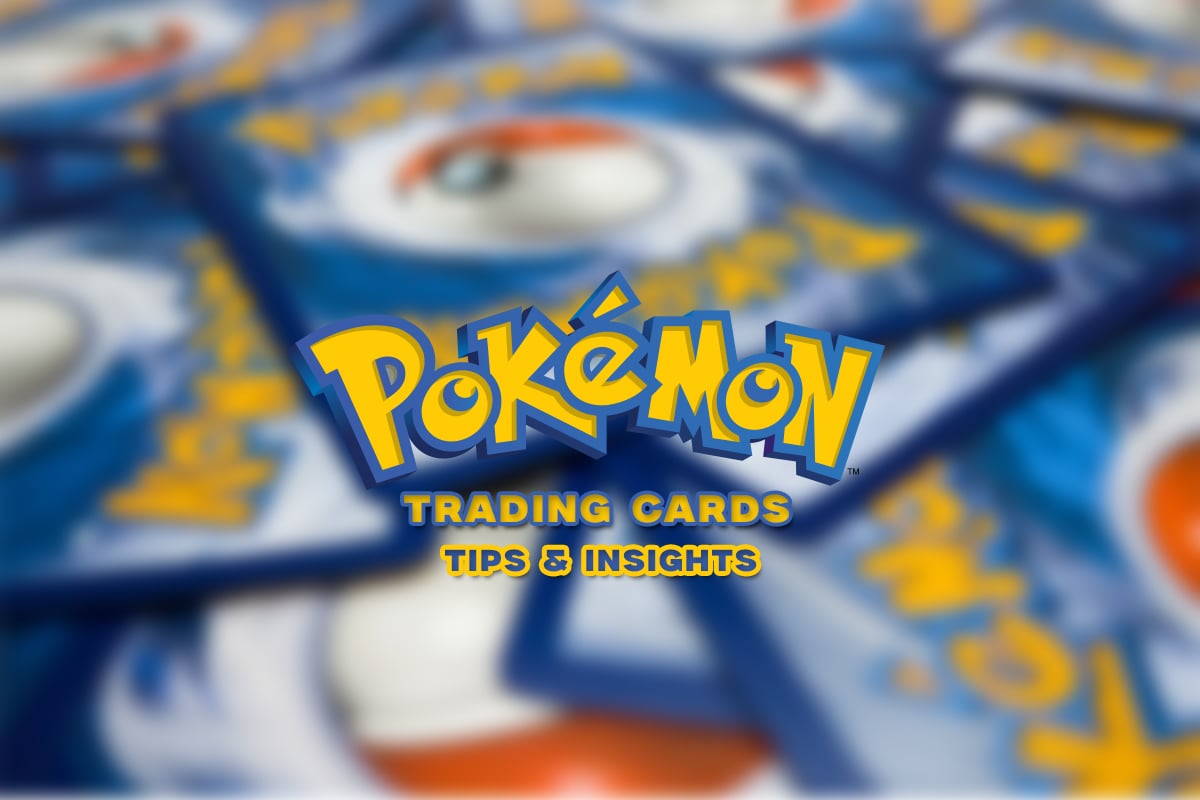Pokemon Trading Cards: 4 Essential Tips for Collecting

Pokemon Trading Cards: Research Pokémon Card Prices
The Pokémon trading card market has recently experienced significant changes, creating an exciting situation for savvy collectors and investors. With fluctuating demand and a constantly evolving landscape, this dynamic market offers new opportunities for those interested in collecting or investing in these cards. The lack of constants in this space means staying informed and adaptable is key to success.
Historically, the origin of Pokémon cards began in Japan in 1996. It then expanded to the Western world, gaining widespread popularity in Europe and America. The cards are primarily used in three categories: Pokémon, Trainer, and Energy cards.
Trading Pokemon Cards: A Diverse Selection of Pokémon
When it comes to trading Pokémon cards, collectors and enthusiasts are often excited by the wide selection of Pokémon available. Thus, this diverse selection of Pokémon includes everything from iconic first editions to rare promotional cards, creating a dynamic market where trading Pokémon cards can yield valuable finds. Whether you’re seeking to expand your collection or trade duplicates, the rich variety within the selection of Pokémon ensures that every card has its place and potential value in the ever-evolving world of Pokémon trading.
Pokémon Card Market Trends: Online Platforms
Online platforms like eBay and specialised Pokémon card marketplaces have revolutionised the trading card industry. These digital platforms have made buying, selling, and trading cards more accessible than ever before, effectively linking collectors worldwide. This interconnectedness has expanded the market and created new global opportunities for enthusiasts to engage with the hobby.
Pokemon Trading Cards UK: 95 English Main Sets
London Auctions’ Pokémon & Trading Card Department offers collectors an excellent opportunity to monetise unused cards.
Their expertise in the trading card market ensures that sellers can confidently turn their collections into cash.
How to Research Pokémon Card Prices
To maximise the potential value of your Pokémon cards, thorough research is essential. Selling cards individually without checking their market value could lead to undervaluing your collection and inadvertently giving collectors bargains at your expense. Thus, the most effective approach is researching Pokémon card prices using real-life sales data from reputable sources.
Consider these three valuable resources to determine if your Pokémon cards are worth selling:
eBay: As the largest online marketplace for Pokémon cards, eBay provides a wealth of current market data. PokémonPrice.com: This site offers pricing information for First Edition sets over specific periods and useful analytics metrics. TCGPlayer: A dedicated trading card marketplace where users can buy and sell cards. Prices here reflect current market rates, as they’re the same as in the TCGPlayer store.By utilising these resources, you can make informed decisions about selling your cards and ensure you get fair market value for your collection.
Pokémon Trading Card Video Games
The Pokémon Trading Card Game made its digital debut as a video game adaptation for the Game Boy Color console. Also, this project was a collaborative effort involving Hudson Soft, Creatures, and several publishers, with Nintendo playing a key role in its distribution.
The game first launched in Japan in December 1998 before reaching North American and European markets in 2000. Years later, in 2014, it found new life as a re-release on the Nintendo 3DS Virtual Console, introducing the classic gameplay to a new generation of players.
4 Essential Tips for Pokémon Card Collecting
By following these guidelines, you can make more informed decisions and potentially enhance the enjoyment and value of your Pokémon card collecting experience.
The Most Expensive Pokemon Trading Cards in 2024
Pikachu Illustrator – $5,275,000 1st Edition Shadowless Charizard – $420,000 Blastoise Wizards of the Coast Presentation Galaxy Star Holo – $360,000 No Rarity Charizard – £325,000 1997 Bronze Pikachu No.3 Trainer Trophy Card – $300,000Where to Buy Pokemon Trading Cards: 6 Best Places
eBay – The best place for anyone who wants to buy Pokémon cards at once or even list some of their rarest collections. Troll and Toad – A major platform that offers single cards to customers. Card Market – A European online platform for selling Pokémon cards simply and easily. Comic Book Stores – If you want to buy Pokémon cards locally, comic book shops in your area are sure to have them. Facebook Marketplace and Craigslist – You can also try Facebook Marketplace and Craigslist to find individuals interested in buying Pokémon cards nearby. Dave & Adam’s – Dave & Adam’s are often at the forefront of buying these kinds of cards.The world of Pokémon trading cards continues to evolve, offering exciting opportunities for collectors and investors alike. From its humble beginnings in Japan to its current global status, the Pokémon TCG has become a dynamic market.
By leveraging online platforms, staying informed about market trends, and following essential collecting tips, enthusiasts can navigate this complex landscape more effectively.
The post Pokemon Trading Cards: 4 Essential Tips for Collecting appeared first on FinanceBrokerage.




